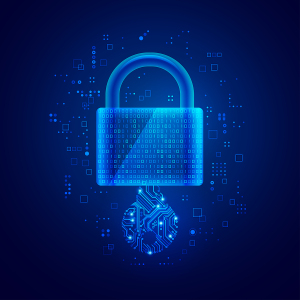From the March 2022 issue of HealthCare Business News magazine
By Ophir Lotan
The introduction and subsequent adoption of electronic health records (EHRs) was a revolutionary step for modern healthcare. According to the Michigan State Medical Society, integrating EHR data with another groundbreaking trend in healthcare – telehealth – will lead to significantly improved patient health outcomes.
To achieve this, seamless integration between telehealth solutions and EHRs is paramount. If implemented correctly, telehealth-EHR integration will not only streamline documentation, data collection, care coordination, and scheduling and billing, but perhaps most importantly, it stands to improve patient care in a variety of use cases.
Healthcare providers reported that viewing EHRs during a telehealth visit helps facilitate better rapport and familiarity with the patient, resulting in better care. It also allows telehealth providers to swiftly create a visit summary and transmit it to the patient – including any orders for diagnostic tests or referrals.
Here are just a few of the use cases where integrating a patient’s EHR with a telehealth solution would be most beneficial.
Urgent care and primary care
Telehealth use rates have “leveled out” at 38X higher than before the pandemic. Even as patients return to in-person visits, many providers are still implementing telehealth solutions for both urgent and primary care needs. To ensure every remote provider understands the medical history of each patient they treat, especially in critical situations, it’s crucial to have telehealth visits integrated with the EHR.
There are several ways EHRs can be integrated with telehealth solutions, but they all begin with the digital front door – be it the patient portal of the EHR, the telehealth platform itself, or even a specialized platform created by the provider organization. This initial step of the process lets patients see which services are available, schedule their virtual appointments, and even begin inputting their symptoms and vital signs prior to the virtual encounter. Successful integration means that data collection from a real-time appointment can be seamlessly integrated with existing health records.
Longitudinal care (remote patient monitoring)
The combination of telehealth, remote patient monitoring (RPM), and EHR integration is a valuable way to provide care for patients with chronic illnesses. Providers can seamlessly collect information on a daily, weekly, or even monthly basis, allowing for more frequent touchpoints with the patient, resulting in improved patient outcomes.
